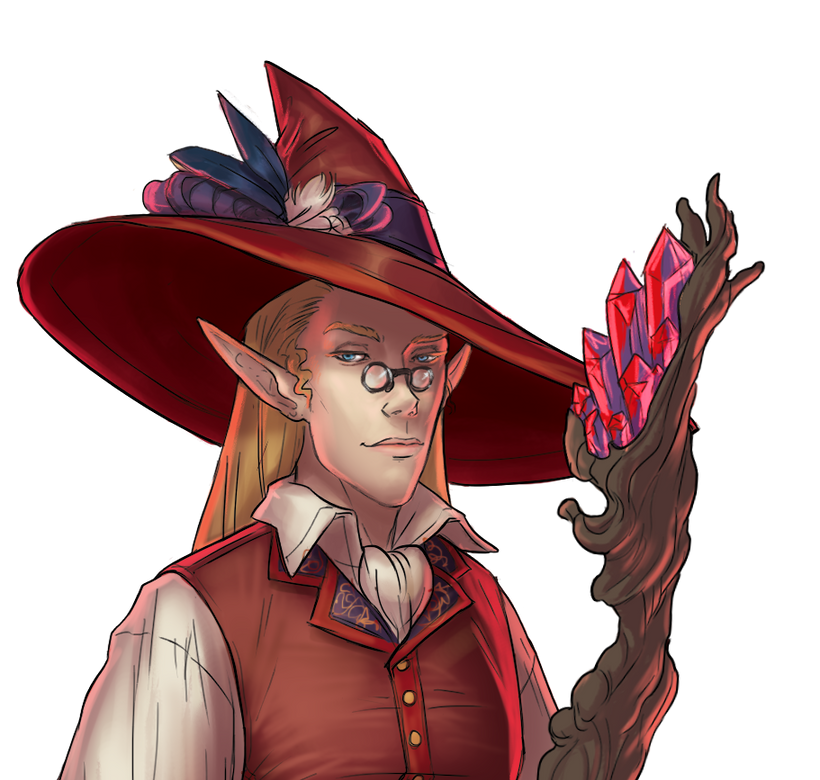Do you ever wonder where all those big honking crystals come from in fantasy settings? Like, excuse me, mixter magister wizard person, but the crystal on top of your staff is as big as your head, was it actually mined like that and how much exactly did it cost, given that you seem to also be employed as a wandering, tomb-looting, treasure hunter-slash-bounty hunter? These are the things that my brain fixates on.
And thus I wrote into the Speaking Lands an entire industry that churns out big fat quartzes to stick on top of your wizard staff or set into the windowpanes of the royal chambers or installed as part of the sorcerous defenses of your forbidden tomb or… you know, whatever need you have that can only be filled with an absurdly large gemstone.
Read all about it…
—
Jewelshaping
The profession of jewelshaping covers both cutting and polishing of gemstones as well as their synthetic creation in an autoclave. Gemstones are highly desirable both as jewelry and as magical components, and jewelshaping is seen as a lucrative and respectable trade. While some jewelshaping craftmasters incorporate magic into their processes, most jewelshaping can be conducted without any sorcerous practices.

(Art by Bethany Berg)
The techniques and technology of jewelshaping are of ancient provenance: the profession is first attested in a series of trollsong dating back at least three centuries. Its most complex apparatus is the autoclave, a steel device used to liquify the jewel medium through the application of tremendous amounts of heat. Most autoclaves rotate to keep the solution mixed, although other designs exist. A seed crystal is placed in the cool end of the autoclave and the jewel grows up the autoclave chamber from there. This process can take months, but can also be accelerated through magic.
The size and shape of the produced gemstone is limited by the autoclave it is grown in. Few autoclaves are much larger than a small barrel and produce gemstones smaller than a finger. The largest autoclaves are found in Outland, where the desert heat is harnessed to maintain autoclave temperature during the day. These may be the size of a building and produce truly massive gemstones as tall as an adult.
Some jewels are more difficult to produce than others, and the precise mixture of the solution media are often closely-guarded trade secrets. While amethyst, citrine, and other quartzes are common, only select craftmasters can produce ruby and sapphire. An unknown number of craftmasters in Verdas have perfected the process of creating emerald, but have kept even their own identities secret for two generations. The green stones come to market via different ngubu masuwa every month. There are always persistent and unconfirmable rumors that someone has grown a diamond.
Once produced (or mined), a jewel can be cut, shaped, and polished to specifications. Wizardry often requires the largest gems, or prominent faces of high polish. The construction of spystones requires identically-shaped gemstones cut from the same rough crystal. Jewelry applications are no less demanding, and involve increasing brilliance through precise cuts and preparing the gemstone to be affixed to a setting. Rings, necklaces, and brooches might be made in the same shop as the jewelshaping is performed or a different shop altogether.
—
There you have it. A weird little industry with bits of grabby setting stuff that can make things interesting for our adventurers… and also supply big honkin quartzes for their wizard staff.
Looking forward, we’ve got a poll for next week’s entry. What shall we check out?